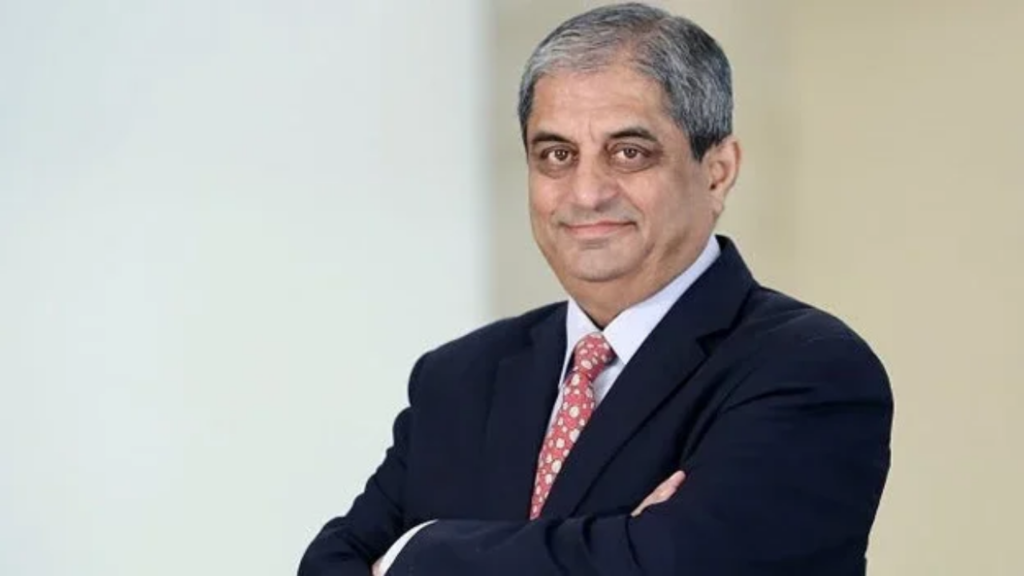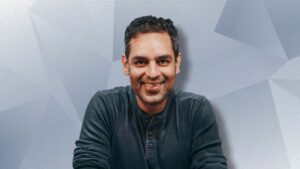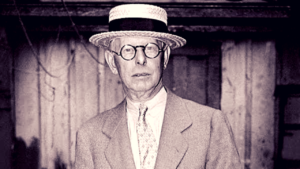In October 2020, the former Managing Director and Chief Executive Officer of HDFC Bank retired from the bank after serving a tenure of 26 glorious years. Under his leadership, HDFC Bank became the highest-valued financial institution in India and the tenth-most-valuable bank in the world, with a record of market-beating performance. The 2020 fiscal year saw HDFC Bank notch revenue gains of around 20 percent, as it had done in the previous five years, along with returns on equity of nearly 17 percent—well above the global industry average. Acknowledging the fact that Mr Puri had delivered cumulative returns exceeding 16,000% over the quarter-century since his bank went public, The Economist referred to him as “the world’s best banker.”
So, how did Mr. Puri’s journey as an immaculate banker begin?
The journey of Aditya Puri started in Punjab, Gurdaspur. He did his college at Punjab University and gained a degree in Bachelor of Commerce. Later he went on to become a qualified Chartered Accountant.
In 1994, when Mr. Puri was heading the Malaysian operations of Citibank Back, he received a call from Deepak Parekh, the head of Housing Development Finance Corporation, a mortgage lender, who offered him less than half his Citi salary to set up a bank.
At this time, India’s banks were almost entirely public banks. Licences had begun to be issued to private banks in the hope that these would operate without the corruption and inefficiency that had held back the economy. The situation in India then was that the foreign banks had the product and the service. And the nationalized banks had the brands, the distribution, and the money. Seeing an opportunity gap, Mr. Puri visualized a bank that can combine the quality of a foreign bank with the scale and reach of a public-sector bank, with the right technology investments, then it would be a winner. With this vision of creating a “World Class Indian Bank”, Mr. Puri resigned from his cushy job in Malaysia to return to India and the rest is history.
“A brand can’t be built by a CEO. The brand has to be built by everybody in the institution, understanding and creating an excellent product which has top-of-mind recall, followed by transparent dealings by everybody, every day, at every touch point.” – Aditya Puri
Mr. Puri ascribed HDFC Bank’s success comes from keeping its business simple by hewing to its founding principles: customer focus, risk management, technology-led innovation, and a “first among equals” culture.
1. Risk Management
If you look at the Net Interest Margins of HDFC Bank, it has normally been maintained in the 4.3% to 4.4% range. This has been achieved through dual focus on cost of deposits and yield on loans. HDFC Bank started off as a wholesale banker but soon realized that the real cream lay in retail. They changed focus to have more of Current Account Saving Accounts (CASA) deposits in their funding mix. Today CASA has been consistently above 45% and the cost of deposits has been maintained at below 5%. This consistent mix helped the bank maintain NIMs at competitive levels.
In the initial days Mr Puri stayed away from foreign ventures and investment projects, and financed HDFC’s balance-sheet through deposits rather than debt. Other banks chased a credit boom in 2004-07, channelling funds into infrastructure projects. Many proved to be bad prospects, or were bogged down by red tape, leaving lenders with a pile of bad loans. Mr. Puri’s ability to take the long view proved to be prescient and safer option.
2. Asset Quality
At HDFC Bank, Puri had almost made asset quality into an obsession. It is hard to find a bank of that size maintaining gross NPAs at around 1.3% on a consistent basis. Of course, the focus on retail has helped but it is not as simple as that. Under Puri, HDFC Bank fine-tuned an end-to-end process wherein intelligence on borrowers, solid credit appraisal, continuous assessment of customer financial position and caution in lending were the watchwords. Under Mr. Puri’s pristine leadership, HDFC Bank successfully avoided negative asset quality surprises.
3. Effective Communication
To his credit, Puri was the master of handling communication and ensuring that plans are implemented. Many HDFC insiders admit that any communication from Puri would be made known to all the staff even at the ground level within just a few hours. That is something amazing in a complex and vast organization. Mr. Puri believed that employees were core to the growth of any organization and constructive dialogue between employees and employer was the difference between a good and great institution. Like he famously once said “HDFC Bank is not what it is because of me. I am who I am because of HDFC Bank and 120,000 colleagues.”
4. Pioneering Technology
The final element is HDFC’s approach to technology—though not a pioneer, it is a fast follower. Mr Puri famously does not own a mobile phone or even didn’t have a computer at his workplace. Technology to him was beyond gadgets but rather an enabler for delivering better service to the customer. He viewed technological not as a disrupter but as an auxiliary to banking. He advocated for technology to be incorporated into their products like granting any kind of loan in ten second flat. He also backed artificial intelligence and analytics as a constructive medium for HDFC Bank to build partnerships and ecosystems. Later, HDFC Bank began using AI and digital underwriting to give immediate decisions on large working-capital loans for small and medium-size enterprises.
5. Risk Modelling
Mr. Puri believed that there was a misconception that you can price for risk. You can price for risk up to a point, but not beyond that. Otherwise, you end up in the subprime crisis.
Initially, HDFC Bank started in as a corporate bank for AAA-rated companies, because in AAA, HDFC Bank would have hardly any delinquency. When HDFC Bank started, there was no credit bureau, so HDFC Bank were developing their own risk models. For many years HDFC Bank would not go into the kind of unsecured personal loans, credit cards, and project financing that their competitors were going into, because they did not fit their models.
HDFC Bank went on to define the risk-and-reward equation, for each segment, that would enable us to meet their expenses, plan for delinquencies, and assure returns to shareholders. As HDFC Bank was developing their models, HDFC Bank made new kinds of loans on a small scale until HDFC Bank understood the efficacy of their models. This approach let them get comfortable with new products such as personal loans and credit cards and then scale up rapidly when HDFC Bank had created the conditions for success.
6. Consumer Focus
Mr. Puri intuited that Indian consumers and firms would be a consistent money-maker and has stuck to that view. He took the sophisticated processes used by foreign banks and used them to target local retail and commercial clients. The result is a large branch network, half of which is outside cities. The firm’s cash-machine and credit-card networks are the largest among India’s private banks.
Aditya Puri’s Achievements Over the Years
- In 2008, Aditya Puri won the title of CNN-IBN Indian Businessman of the Year.
- In 2013, Puri won various awards like; Best Executive in India – Asiamoney, Banker of the Year 2013 – Business Standard, Top Achiever – Sunday Standard Best Banker Awards, Best CEO – Institutional Investor, and Best Executive in India – Asia Money 2013Best Banker – FE.
- In 2015, he had his name among the world’s 30 best CEOs.
- In 2016, again he had his name in the best 30 CEOs of World. Also, he won the FE Lifetime Achievement Award from Financial Express.
- In 2018, he was the best. Named one of the “Best CEOs in the World” by the CEOWORLD magazine.
- In 2019, he got the QIMPRO Platinum Standard Awards 2019 – National Statesman for Quality in Business. Also, “Corporate and Philanthropic leadership Award” by the American Indian Foundation. And again, “AIMA – JRD TATA Corporate Leadership Award” by the AIMA.
- Eventually, in 2020, most recently he received Induction in the Chartered Accountants Hall of Fame.
Follow Us @




